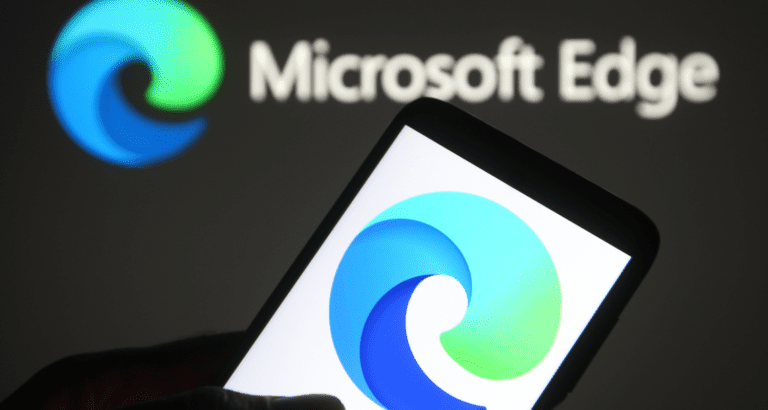From now on, Windows users within the EU can open all links with their default browser of choice instead of Edge. Microsoft thus appears to be yielding to the continued pressure from European regulations.
In the current version of Windows 11, Microsoft apps open links via the Edge browser by default without giving the user an option to use an alternative instead. The latest Insider Preview build (23531) of the operating system changes that. Within the EU, Iceland, Liechtenstein and Norway, any link will now open with the browser chosen by the user.
Microsoft gives no concrete explanation in the blog announcing the Preview build. Still, one can guess that the Digital Services Act (DSA) and Digital Markets Act (DMA) forced this development. These pieces of legislation restrict the boosting of proprietary products by parties such as Microsoft. The Edge browser might arguably have an unfair competitive position due to the tech giant’s support.
Tip: Big Tech gets new rules from EU, what will you notice as a user?
A long battle
Microsoft has long fought hard for its own browser product. First it pushed over competitor Netscpape by bundling its own Internet Explorer into Windows. In 2010, the company was forced by the European Commission to let users pick which browser to set as their default choice.
Since then, Google Chrome has proven to be the dominant choice worldwide. Internet Explorer died a slow death, while Microsoft made the switch to a Chromium base for successor Edge.
The tendency to continue promoting its own browser product then reared its head again in 2021. The then newly launched Windows 11 began serving up search results through Edge. In addition, it fought utilities like EdgeDeflector to ditch this functionality from the OS. In other areas, Microsoft continues to impose its own software through whatever legal goat’s path, such as with Teams and Office.
Also read: Why Microsoft keeps pushing the limit by forcing its software on you
